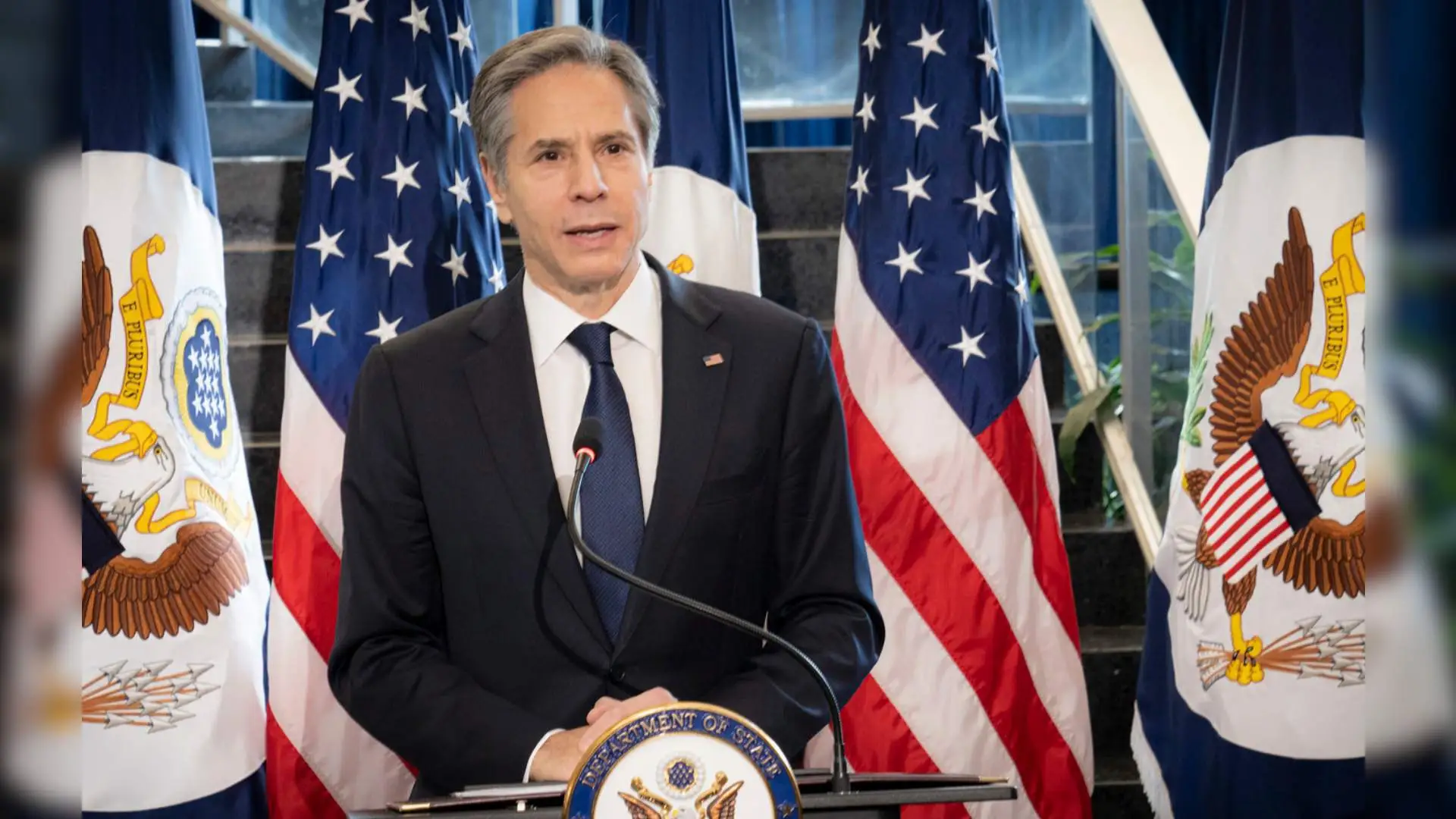In a critical mission aimed at restoring peace, U.S. Secretary of State Antony Blinken arrived in Israel on Tuesday, marking his 11th visit to the region since the outbreak of the Israel-Hamas war. This latest visit comes in the wake of escalating tensions following the recent killing of top Hamas leader Yahya Sinwar, with hopes to revive ceasefire efforts amid a deeply entrenched conflict.
Since the onset of the war over a year ago, triggered by Hamas’s surprise attack on October 7, 2023, Israel finds itself engaged not only in a relentless battle with Hamas but also in a broader conflict with Hezbollah in Lebanon. The situation escalated further when Hezbollah launched a barrage of rockets into central Israel, prompting air raid sirens in highly populated areas and even at the country’s international airport. Fortunately, Israeli defense systems intercepted most projectiles, with only one landing in an uninhabited area, avoiding casualties.
Blinken’s itinerary includes meetings with Israeli Prime Minister Benjamin Netanyahu and other senior officials, and following his discussions in Israel, he is expected to visit several Arab nations, including Jordan, Saudi Arabia, Qatar, and the United Arab Emirates. His agenda is multi-faceted, focusing on crucial topics such as ending hostilities in Gaza, securing the release of hostages, and alleviating the humanitarian crisis affecting the Palestinian population.
State Department spokesman Matthew Miller emphasized the urgency of these discussions, particularly the need for a dramatic increase in humanitarian aid reaching Gaza. This initiative comes in response to past criticisms that the Biden administration could be compelled to limit certain military aids to Israel if humanitarian deliveries continued to be obstructed. Such pressure reflects a growing concern over the humanitarian situation in the region, with thousands of Palestinians suffering amidst ongoing violence.
Despite Blinken’s previous diplomatic efforts yielding limited results, he has succeeded in facilitating increased aid to Gaza. The U.S. has been actively involved in negotiations among Israel, Hamas, and Egypt, attempting to forge a deal for the release of hostages in exchange for a cessation of hostilities and the release of Palestinian prisoners. Unfortunately, mutual accusations of unacceptable demands have stalled these talks since August.
Adding to the complexity of the situation, the U.S. has attempted to mediate between Israel and Hezbollah, but these efforts fell through amid heightened tensions. Following a series of Israeli airstrikes that killed key Hezbollah leaders, retaliatory rocket fire from the militant group has intensified, compounding the regional instability.
The humanitarian toll of the ongoing conflict is staggering. According to local health authorities, Israel’s offensive in Gaza has resulted in over 42,000 Palestinian deaths and tens of thousands of injuries, with a significant portion of the casualties being women and children. Furthermore, approximately 90% of Gaza’s population of 2.3 million has been displaced, facing a dire humanitarian crisis exacerbated by the ongoing violence.
As Blinken’s visit unfolds, the international community watches closely, hoping for breakthroughs that could pave the way for lasting peace in a region long plagued by conflict. The stakes are high, and the path forward remains fraught with challenges, but the hope for a ceasefire and humanitarian relief continues to be a pressing imperative for all involved.


















